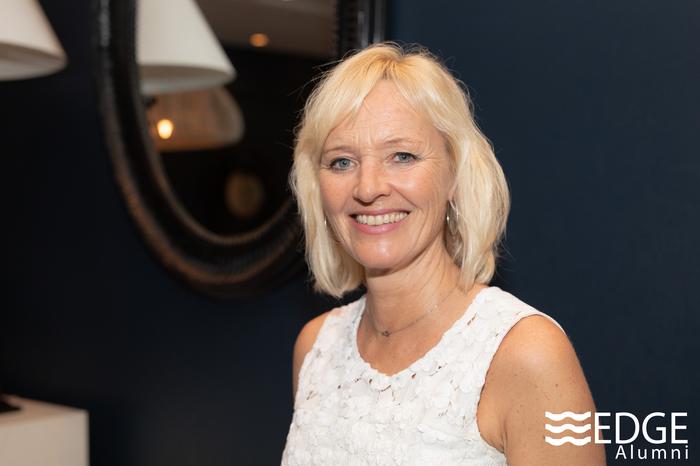C.U.S.T.O.M.E.R: The new paradigm for doing business – Part #5: On-demand
- 18 March, 2019 15:04

At the recent EDGE Alumni breakfast, hosted by ARN, the leading voice in customer centricity and digital transformation, Nancy Rademaker, spoke about how the changing profile of consumers – their changing tastes, behaviours and attitudes – is disrupting incumbent businesses.
“Customer characteristics have changed,” Rademaker said, as she outlined the acronym C.U.S.T.O.M.E.R, which highlights eight shifts in consumer perception and behaviour that businesses need to adapt to in order to retain their competitive edge.

“O” is for on-demand
We have become the five-second generation. Studies show that for certain kinds of online content, such as digital advertising, millennials have a five-second attention span. The reason for this is not that people have lost the ability to concentrate. Rather, it’s that there has been such a proliferation of content that people now have their attention pulled in multiple directions at once. Where once people had the choice of a few television channels for their evening entertainment, now they have dozens of different platforms to choose between (TV, Netflix, Stan, Amazon Prime, iTunes) and thousands of pieces of content.
Consumers are very comfortable with this shift towards an “on-demand” culture, according to Rademaker. Anything that occupies a person’s time when they could be doing something different annoys and frustrates them which, in turn, reflects badly on any brand with which they are interacting.
“We don’t want to be in a queue when we enter a hotel,” Rademaker said. “Hospitality still struggles to deal with that. For another example, if you look at online shopping, about 80 per cent of shopping carts are abandoned before the purchase is completed, because that last stage of paying for something takes just those couple of seconds too long.”
In other words, she said, modern business should never ask for time from its customers, because it is the one currency that isn’t available for trade.
For the IT channel, purchasing decisions involve a longer cycle than online shopping but, nonetheless, it’s important to participate in the on-demand culture. Efficiency in working with clients – and particularly with logistics and implementation – is critical.
The next article in this series, we look at why M stands for mindful.
Or, take a look back and see what T stands for in the series.


